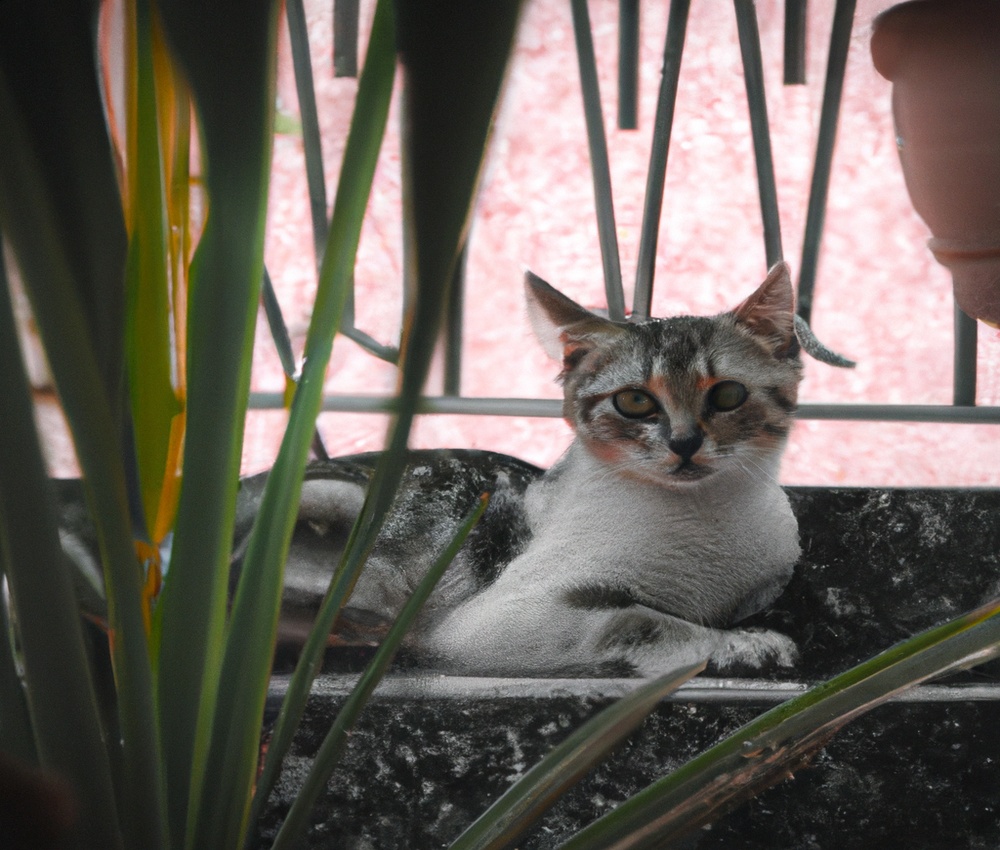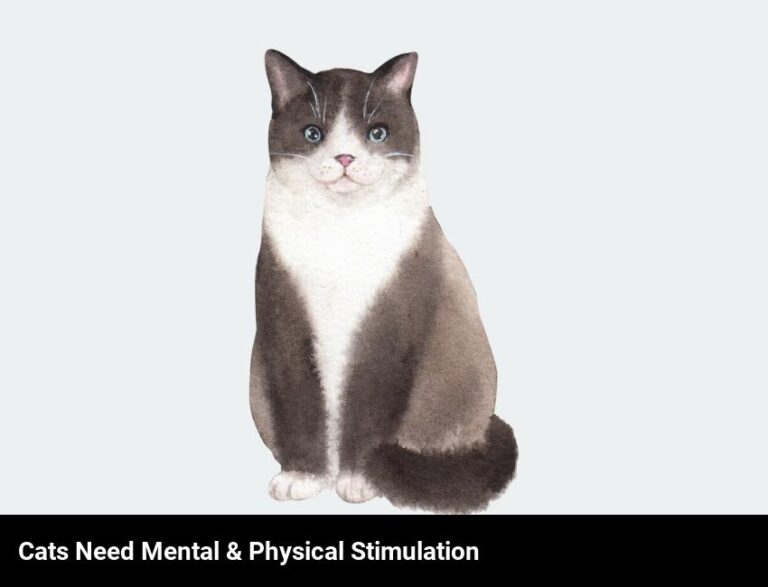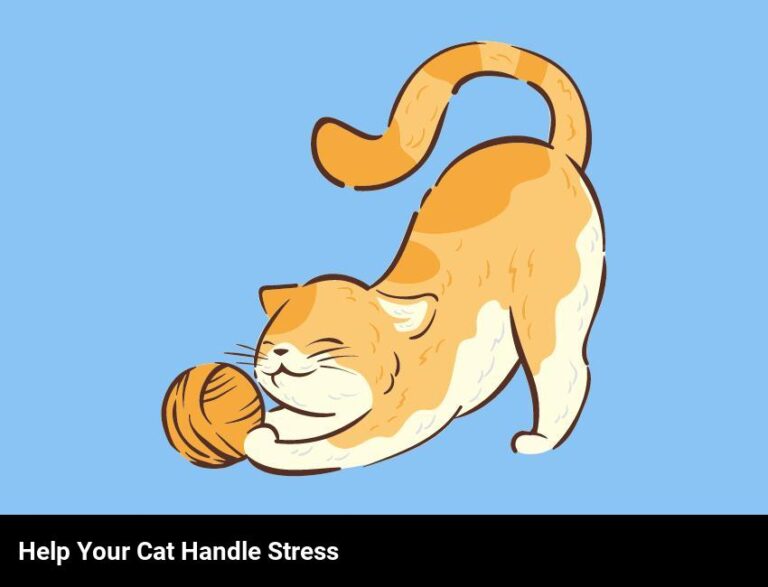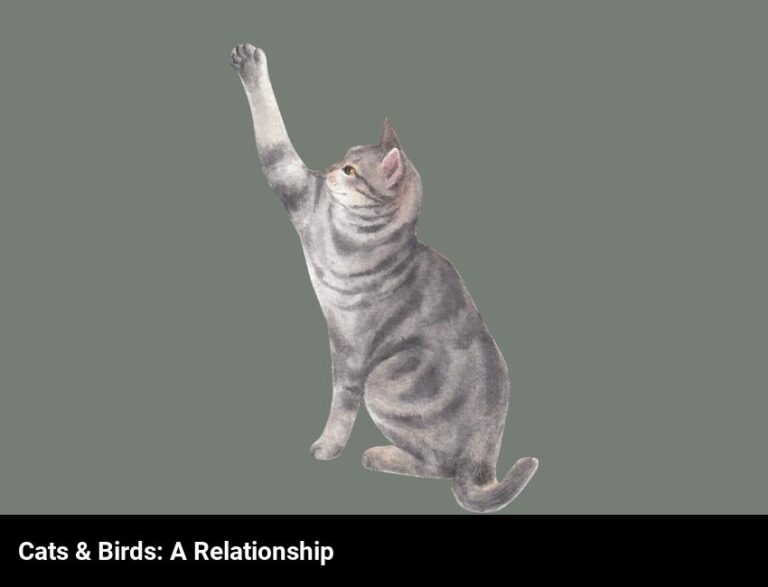Do Cats Like Cat Treadmills?
Key Takeaways:
- Cats have mixed opinions about using cat treadmills.
- Some cats enjoy the physical and mental stimulation provided by cat treadmills.
- Cats may need time and patience to get accustomed to using cat treadmills.
- The individual cat’s personal preference determines whether they like cat treadmills or not.
Have you ever wondered if cats can enjoy using treadmills? It may seem like an unusual concept, but cats can benefit greatly from regular exercise.
As a cat enthusiast, I understand the importance of keeping our feline friends physically active and mentally stimulated.
In this article, we will explore the fascinating world of cat treadmills and dive into whether cats actually enjoy using them. We’ll also discuss alternative ways to ensure your cat gets the exercise they need.
Get ready to uncover some surprising insights into our furry friends’ exercise preferences and learn how to introduce your cat to this unique form of exercise.
So, let’s get started on this thrilling journey to find out if cats truly like cat treadmills!
| Yes, cats like cat treadmills | No, cats do not like cat treadmills | |
|---|---|---|
| 1. | Exercise: Cat treadmills provide a convenient way for cats to stay active indoors when they can’t go outside. | Familiarity: Cats are not naturally inclined to use treadmills, and may find the experience intimidating. |
| 2. | Stimulation: The movement and challenge of a treadmill can provide mental and physical stimulation for a cat. | Preference: Cats usually prefer interactive play and exploring their environment over using a treadmill. |
| 3. | Weight management: Regular treadmill use can help overweight cats maintain a healthy weight. | Natural instincts: Cats instinctively prefer hunting and exploring, rather than repetitive exercise on a treadmill. |
| 4. | Weather independence: Treadmills allow cats to exercise regardless of weather conditions. | Limitations: Treadmills may not provide the same mental and physical challenges as natural play or outdoor exploration. |
Why Exercise is Important for Cats
Regular exercise is crucial for cats’ overall health and well-being.
Benefits of Exercise for Cats
Cats benefit from exercise in many ways.
- Physical health: Regular exercise helps maintain a healthy weight, reducing the risk of obesity and related health issues like diabetes. It also strengthens muscles, improves flexibility, and keeps their joints mobile.
- Mental stimulation: Engaging in physical activity helps keep cats mentally stimulated, preventing boredom and destructive behavior.
- Behavioral improvement: Regular exercise can help reduce anxiety and stress in cats, leading to improved overall behavior.
- Bonding opportunity: Exercising with your cat creates a bond and strengthens the human-animal relationship.
Remember, exercise should be tailored to your cat’s age, abilities, and preferences.
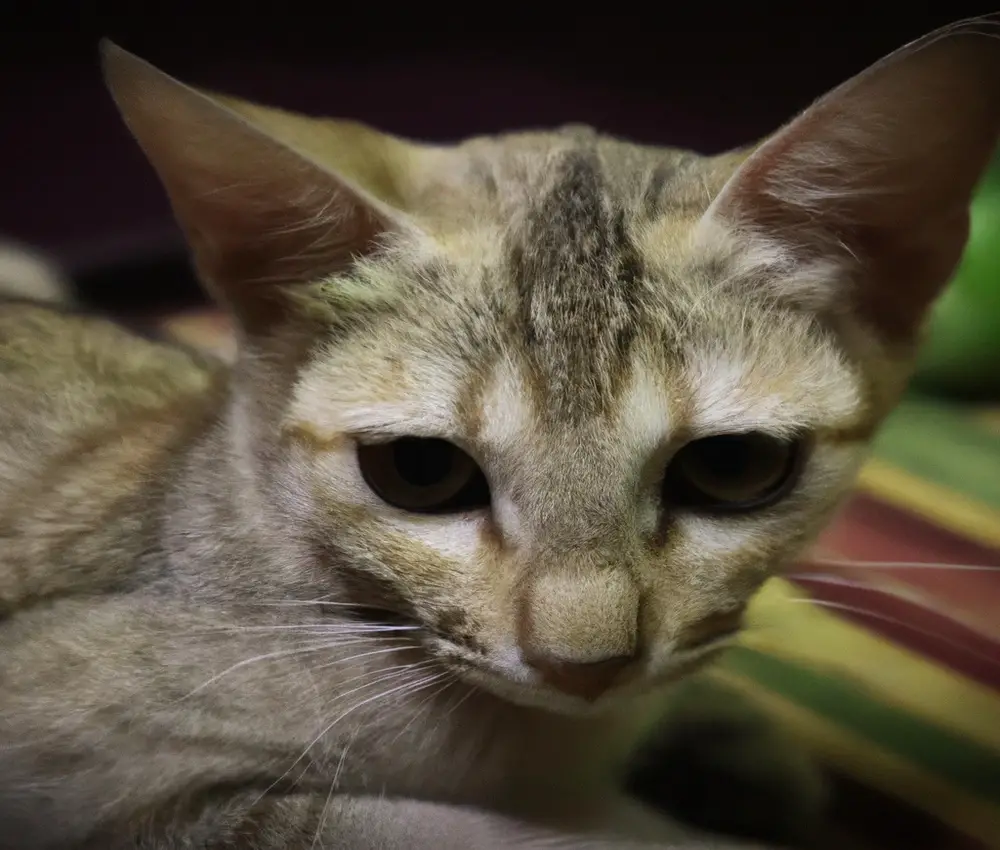
Consequences of a Sedentary Lifestyle for Cats
A sedentary lifestyle can have serious consequences for cats. Lack of exercise can lead to weight gain, obesity, and related health issues like diabetes, heart disease, and joint problems.
Cats who don’t move much are also more prone to boredom and behavioral issues.
Regular physical activity is essential for keeping your feline friend healthy, both physically and mentally. Encouraging playtime, providing interactive toys, and creating a stimulating environment can help combat the negative effects of a sedentary lifestyle.
Understanding Cat Treadmills
Cat treadmills are specially designed exercise equipment for cats to help them stay active and burn off excess energy.
They provide a controlled environment for indoor cats to exercise and prevent obesity.
What are Cat Treadmills?
Cat treadmills are specialized exercise equipment designed for cats. They provide a safe and controlled environment for cats to engage in physical activity.
Cat treadmills come with features like adjustable speed settings and safety measures to ensure the well-being of your feline friend.
They can be used for weight management, energy release, and mental stimulation. Proper introduction and training are important to help cats become comfortable using the treadmill.
With supervision and positive reinforcement, cats can benefit from regular exercise on a cat treadmill.

Types of Cat Treadmills Available in the Market
There are two main types of cat treadmills available in the market:
- Manual treadmills: These require the cat to use their own body strength to move the treadmill belt. They are typically smaller in size and more affordable.
- Motorized treadmills: These have a motor that moves the belt, allowing the cat to walk or run without exerting much effort. They usually come with adjustable speed settings and advanced features like timers and programmable workouts.
When considering a cat treadmill, it’s important to choose one that is suitable for your cat’s size and needs.

Do Cats Really Like Cat Treadmills?
Cat treadmills may not be a hit with all cats, as their individual preferences for exercise and play may vary.
The Natural Instincts of Cats
Cats have various natural instincts that have been ingrained in them over thousands of years. One of these instincts is hunting.
Cats love to chase and pounce on moving objects, like birds or smaller animals.
They also have a strong desire for independence and territorial marking. That’s why they may scratch furniture or objects to leave their scent and mark their territory.
Another instinct is grooming themselves and other cats.
Cats spend a lot of time licking themselves to clean their fur. They may also groom other cats as a form of social bonding.
Understanding these instincts is crucial for providing a happy and enriched environment for our feline friends.
Cats and Exercise Preferences
Cats have unique exercise preferences just like humans.
Some cats love to chase and play with toys, while others prefer to lounge around and take it easy.
It’s important to understand your cat’s individual preferences when it comes to exercise.
Some cats may enjoy interactive toys, such as feather wands or laser pointers, while others may prefer puzzle toys that challenge their minds.
Providing a variety of exercise options can help keep your cat active and healthy.
How to Introduce a Cat to a Cat Treadmill
To introduce a cat to a cat treadmill, start with a gradual introduction and familiarization process.
Gradual Introduction and Familiarization
Gradual introduction and familiarization are key when introducing a cat to a cat treadmill.
Start by placing the treadmill in a familiar and comfortable area for the cat.
Allow the cat to explore the treadmill on its own terms.
Offer rewards and positive reinforcement when the cat shows interest or uses the treadmill.
Gradually increase the amount of time the cat spends on the treadmill, always monitoring their comfort level.
Patience and consistency are vital in helping the cat feel comfortable and confident using the treadmill.
Positive Reinforcement Techniques
Positive reinforcement is a effective approach to cat training.
Here are some techniques that can help you introduce a cat to a cat treadmill:
- Use treats: Reward your cat with a treat each time they approach the treadmill or show interest in it.
- Clicker training: Associate the sound of a clicker with positive reinforcement, such as giving treats or praise, when your cat shows progress on the treadmill.
- Gradual introduction: Start by placing the treadmill near your cat’s favorite spot and gradually move it closer to the treadmill. This helps your cat become familiar and comfortable with the new equipment.
- Playtime on the treadmill: Encourage your cat to play on the treadmill by using toys or treats. This makes the treadmill a fun and positive experience for them.
Remember, every cat is different, so be patient and adjust the techniques to your cat’s personality and preferences.
Tips for Successfully Training Cats on Treadmills
To successfully train cats on treadmills, be patient and consistent with their training.
Monitor and adjust the exercise intensity to ensure they stay engaged and comfortable.
Patience and Consistency
Patience and consistency are key when training cats on treadmills. It’s important to understand that cats may take time to adjust to this new exercise routine.
Be patient and give them space to explore and get comfortable with the treadmill.
Consistency is also vital – establish a regular training schedule and stick to it. This will help cats become more familiar and confident with using the treadmill.
With time and consistency, your feline friend can successfully adapt to this form of exercise.
Monitoring and Adjusting Exercise Intensity
Monitoring and adjusting exercise intensity is important to ensure that your cat’s treadmill workout is safe and effective. Here are a few tips:
- Start slow: Begin with a low speed and short duration, gradually increasing both as your cat gets comfortable and builds endurance.
- Observe body language: Pay attention to your cat’s behavior during the exercise. Signs of distress or fatigue, such as heavy panting or excessive vocalization, indicate that the intensity may be too high.
- Assess recovery time: After each workout, monitor how quickly your cat recovers. If they seem unusually tired or take a long time to catch their breath, it could be a sign that the intensity needs to be adjusted.
- Consult with a veterinarian: Seek guidance from a veterinarian who can provide expert advice based on your cat’s individual needs and health condition.
Remember, each cat is unique, so it’s important to monitor and adjust the exercise intensity according to your cat’s comfort and capabilities.
Alternatives to Cat Treadmills for Exercise
Looking for other ways to keep your cat active? Check out these alternatives that can give your cat the exercise they need.
Interactive Toys and Puzzle Feeders
Interactive toys and puzzle feeders are excellent alternatives to cat treadmills for providing exercise and mental stimulation to cats. These toys engage your cat’s natural hunting instincts and keep them entertained for hours.
Puzzle feeders, in particular, can help slow down fast eaters and prevent overeating.
Look for toys that allow your cat to bat, pounce, and chase. Puzzle feeders with hidden compartments and treats can also provide a rewarding challenge for your feline friend.
Vertical Climbing Structures and Scratch Posts
Vertical climbing structures and scratch posts are excellent alternatives to cat treadmills for exercise. Cats have a natural instinct to climb and scratch, and these structures provide the perfect outlet for them.
Vertical climbing structures, such as cat trees or shelves, allow cats to climb, jump, and explore their surroundings.
Scratch posts, on the other hand, give cats a designated place to scratch and stretch their muscles. Both of these options provide physical and mental stimulation for cats, helping them stay active and healthy.
Frequently Asked Questions about Cat Treadmills
Is it Safe to Leave My Cat Unattended on a Treadmill?
Leaving your cat unattended on a treadmill is not safe. Cats can get injured or scared if they are left alone on a moving treadmill.
They may lose balance, get their paws caught, or become stressed.
It’s always best to supervise your cat when they are using a treadmill to ensure their safety. Keep your furry friend safe by being present and ready to assist if needed.
Final Verdict
While cats may have their own unique exercise preferences, cat treadmills can be a valuable tool in providing them with the physical activity they need. By understanding the natural instincts of cats and gradually introducing them to the treadmill, owners can increase the likelihood of their cats enjoying and benefiting from this form of exercise.
Patience, consistency, and monitoring the intensity of the exercise are key to successfully training cats on treadmills.
However, it’s important to remember that cat treadmills are not the only option for exercising cats. Interactive toys, vertical climbing structures, and scratch posts can also provide stimulating and engaging exercise alternatives.
Ultimately, the goal is to ensure that cats lead active and healthy lives.

